Of the Evolution of Artistic Sensibilities.
PART 1: The Birth of Conceptual Art
The Fine Arts As Expression of a Specific Culture
All successful cultures and civilizations have expressed their achievements, power, sophistication and wealth through the hands of an elite of their skilled, talented, experienced, and creative members/workers
The original meaning of “art” was as follows: a set of perfected skills, the result of training and practice in a particular domain. These skills are applied to raw materials for the production of our physical and intellectual environment (everyday objects, tools, including books or music).
By extension, during the Italian Renaissance, in Florence, arte (or arti in the plural) designated groups of professionals sharing the same interests in their trades or occupations. Arte was a synonym for trade association or guild. The arti controlled the training, education of their members, as well as the quality of execution, and pricing of their performances. These communities created close ties and a shared a feeling of responsibility toward the image of the group in the eyes of others, and in their own eyes. They often sought the expression of their power, success, and sophistication through the production (and financing) of refined cultural objects expressing their values in esthetic and metaphoric terms. This engendered the notion of “Fine Arts.”
In the pursuit of the expression of such ideals and absolute as “truth” or “beauty,” or, even more mundanely, power, refined artifacts had to be the created by an elite of craftsmen thoroughly mastering their tools. Thence, after the craftsmen, came the artists who added heightened content, style, subjectivity to form, and soon with them, financers and sponsors. Because of the goals and content of the fine arts, because of their high production cost–linked to their makers’ excellence in skills and creativity, and the materials used–, because of the dedication, time, resource that such activities entail, the financers of the fine arts have always been the political, financial, religious powers, as well as wealthy individuals. All three powers have the means to collect money from the members of their societies, and invest it in expressions of the human mind (cultural production). Taxes, profits, alms, gifts are ways that help a society function; they are part of a “social contract” where a common “kitty” is created. The need and benefits of investing the resource of a community in cultural productions are manifold. Fine art objects are expressions of the soul of the very communities that finance them.
Revolutions
The eighteenth century ended with two great revolutions, the American one in 1776, the French one in 1789–the latter somewhat more radical than the former in that it not only eliminated royal power but in its wake the powers and influences of the whole nobility and the church, the two biggest sponsors of the fine arts so far–which would generate some changes in the motivations, goals, and expectations of artists.
The nineteenth century bought the industrial revolution and a different kind of financial and political power that would compete with land-based wealth and ultimately win.
In the western world, once the ideas of immutable power (kingly, inherited from a Christian god), religion had been deeply challenged, a whole area of the art world turned away from the “noble” subjects and the Greek and Roman antiquities, symbols of the Ancien Regime (the old classical political world), and became interested in more mundane subjects.
La Fée Photographie
With the industrial revolution came the perfect medium for its art: photography and the moving image. It shook the art world, painting, sculpture had to move forward. The notion of Avant-Garde was born. Artists had to think ahead of their time instead of looking back; they had to produce new work, generate new approaches, new ideas. Art started to look at itself, its value, function. Art for art’s sake became a leitmotiv, ¬and with it the poverty and bohemian life-style with which many artists became associated–Van Gogh being a perfect example. Classical salons were eclipsed by those showing the outrageous works of the avant-garde–the first Salon des Refusés opened in Paris in 1863.
After somewhat struggling with defining their role and status among the established arts–Pictorialism being one aspect of this quest, photography trying to emulate a painterly style and somewhat stray from the advantages of “mechanical reproduction”–photographers settled for what their tools could do best, and stopped emulating painters. Suddenly the painters found themselves freed of the burden of having to reproduce the visible world as faithfully as possible. With mechanization and technology, artists could spend more time on the ideas in their art, less on the process of making it. With this new approach came such smart artistic provocateurs as Marcel Duchamp, displaying a urinal baptized Fountain on the wall of a New York art show (The Society of Independent Artist exhibition) in 1917, trying to prove that the idea/concept was more important than the object, that the context in which a piece was seen also defined its status. An esthetic piece in the restroom of an inn is mere decoration (or “tool”), on a museum or gallery wall, in a prestigious private collection, it suddenly becomes art–the difference lies in the idea, the choice of the artist. Ready-made, minimal, and conceptual arts were born.
Bruno Chalifour
Artist, art critic and consultant for RenAnArt.com.
Subscribe to:
Post Comments (Atom)





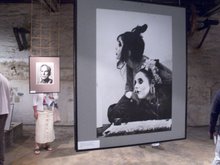

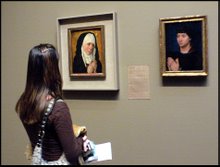
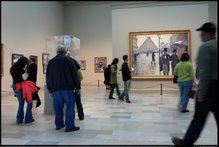






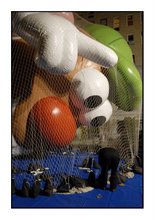
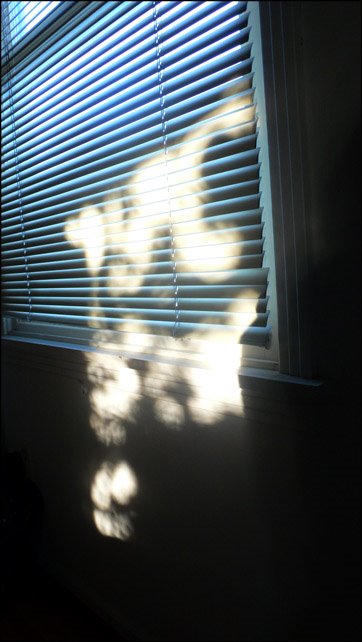
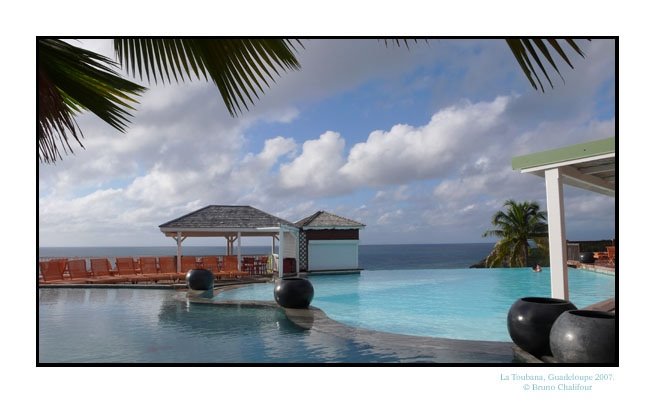
No comments:
Post a Comment